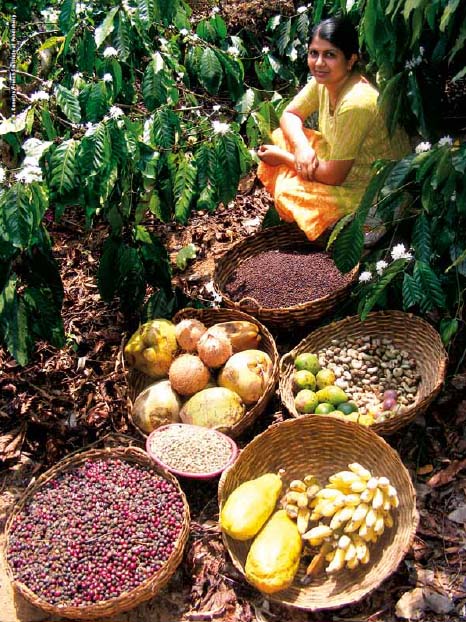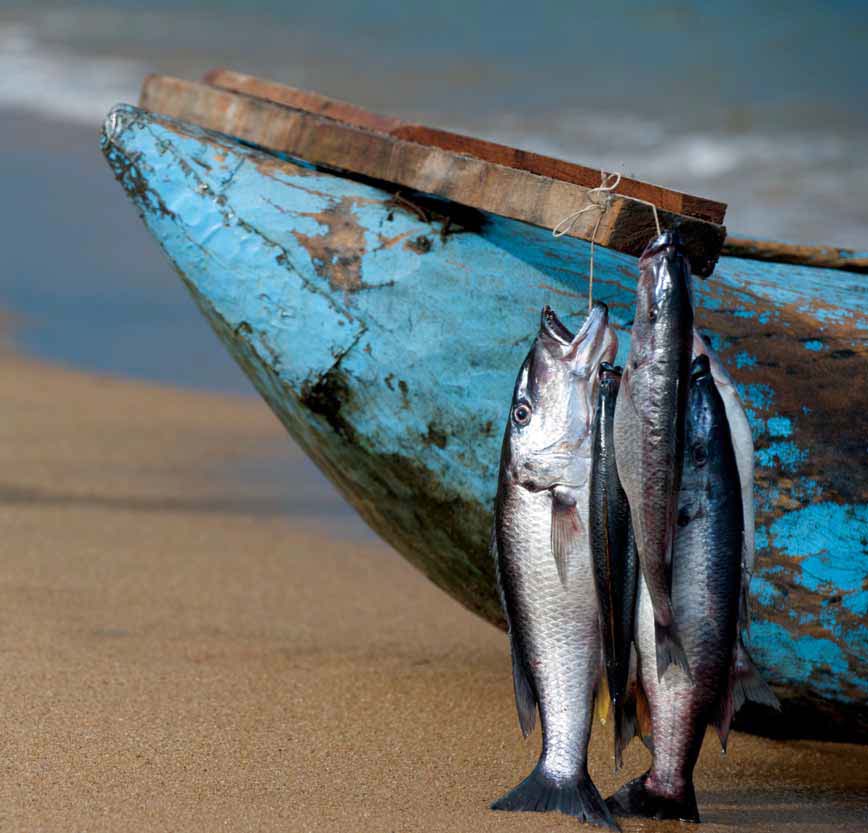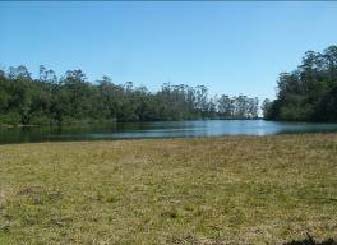Biodiversity
Basanti and the Kosi: How one woman revitalized a watershed in Uttarakhand
Posted on 07 Sep, 2011 03:22 PMGuest post by: Chicu
Tribal movements and livelihoods – Recent developments in Orissa – A working paper by CPRC-IIPA
Posted on 31 Aug, 2011 08:48 PMFor the last few decades and more particularly since 1990’s the issue of human rights-violation of rights to life and livelihood of tribal peoples’ is a central concern. Therefore, the discourse on tribal movements and issues of tribal livelihood revolved around securing their well-defined rights on land and forest resources.
Payments for ecosystem services and food security – A report by Food and Agriculture Organisation
Posted on 24 Aug, 2011 06:08 PM Changing climate, loss of native forests, disappearance of biodiversity, water shortages, desertification, the reduction of natural soil fertility — all add to the scenario of a world with increasingly complex environmental challenges.
Changing climate, loss of native forests, disappearance of biodiversity, water shortages, desertification, the reduction of natural soil fertility — all add to the scenario of a world with increasingly complex environmental challenges.
The concept of Payment for Ecosystem Services (PES) has emerged as a challenge to the all-too-prevalent tradition of taking the Earth’s natural resources for granted. PES highlights a global continuum, illustrating the relationship between our lifestyles, the demands associated with our production and consumption patterns, and the effects those demands have on close or distant ecosystems.
Scope, structure and processes of National Environment Assessment and Monitoring Authority – A draft report of the Ministry of Environment and Forests
Posted on 24 Aug, 2011 01:10 PMThis report by the Indian Institute of Technology (Delhi) for the Ministry of Environment and Forests (MoEF) deals with the scope, structure and processes of the proposed National Environment Assessment and Monitoring Authority (NEAMA). The findings and recommendations of the project are based on an analysis of various research and committee reports, a critical review of the implementation of EIA notification 2006, CRZ notification 1991 & CZM Notification 2010, and a review of the international practices.
Blue harvest – Inland fisheries as an ecosystem service – A report by UNEP
Posted on 24 Aug, 2011 11:34 AM This report by United Nations Environment Programme (UNEP) reviews the importance of inland fisheries as an ecosystem service, the pressures upon them, and management approaches to sustain them and thus helps inform future approaches to conservation and management of freshwater ecosystems.
This report by United Nations Environment Programme (UNEP) reviews the importance of inland fisheries as an ecosystem service, the pressures upon them, and management approaches to sustain them and thus helps inform future approaches to conservation and management of freshwater ecosystems.
There is an urgent need for major investment in policy and management approaches that address the direct and indirect drivers of aquatic ecosystem degradation and loss of inland fisheries taking into account their role in sustainable development and human well being. The UNEP Ecosystem Management Programme (UNEP-EMP) provides an effective framework for pursuing this challenge.
Plants used as agricultural seasons indicator by Mao Naga tribe - Manipur (India) - Indian Journal of Traditional Knowledge
Posted on 21 Aug, 2011 07:38 PMAgriculture is the main occupation of the tribe and they have a unique way of knowing plantation season for different crops by observing the flowering of some plants. The indicator plants are peach, wild cherry, camel foot and dancing girl.
Indigenous knowledge of soil fertility management in the humid tropics of Arunachal Pradesh - Indian Journal of Traditional Knowledge
Posted on 21 Aug, 2011 05:28 PMThis paper published in the Indian Journal of Traditional Knowledge highlights the findings of a study that correlates the indigenous knowledge and scientific knowledge in assessing the nutrient availability status of agricultural soil as practised by the Nyishi tribes who use visual properties such as colour, texture and topographic positioning of land/terrain.
Draft of Land Acquisition and Resettlement & Rehabilitation Bill, 2011 in public domain - Comments invited by Ministry of Rural Development till 31st August, 2011
Posted on 15 Aug, 2011 05:35 PMGuest post by: Amita Bhaduri
The drafting of a new legislation on these issues was taken up by a Group of Ministers in May 2007 and this is the second draft bill presented by the UPA Government.
Fine-scale responses of phytoplankton to freshwater influx in a tropical monsoonal estuary following the onset of southwest monsoon – A paper in Journal of Earth System Science
Posted on 09 Aug, 2011 09:53 PMThis paper in the Journal of Earth System Science deals with a study by National Institute of Oceanography (NIO), Goa to investigate the influence of monsoonal rainfall on hydrographic conditions in the Mandovi River of India. The study was undertaken at a location approximately 2 km upstream of the mouth of the estuary.
Wetlands conservation and sustainable management in the Nilgiris - Final project report and local management plan by Keystone Foundation
Posted on 02 Aug, 2011 07:48 PM The initiative on hill wetlands in the Nilgiris Biosphere Reserve is supported through this. The area is located at the junction of the Eastern Ghats and the Western Ghats, or Sahyadris, the two prominent mountain ranges that run almost parallel to the coastlines of Peninsular India and is home to indigenous forest people and is a rare repository of mountain biodiversity.
The initiative on hill wetlands in the Nilgiris Biosphere Reserve is supported through this. The area is located at the junction of the Eastern Ghats and the Western Ghats, or Sahyadris, the two prominent mountain ranges that run almost parallel to the coastlines of Peninsular India and is home to indigenous forest people and is a rare repository of mountain biodiversity.
The Nilgiris is home to unique wetlands that are the source of sustenance of numerous animals and human communities. Wetlands are among the more important reservoirs of biodiversity that nature has painstakingly crafted over millions of years.





